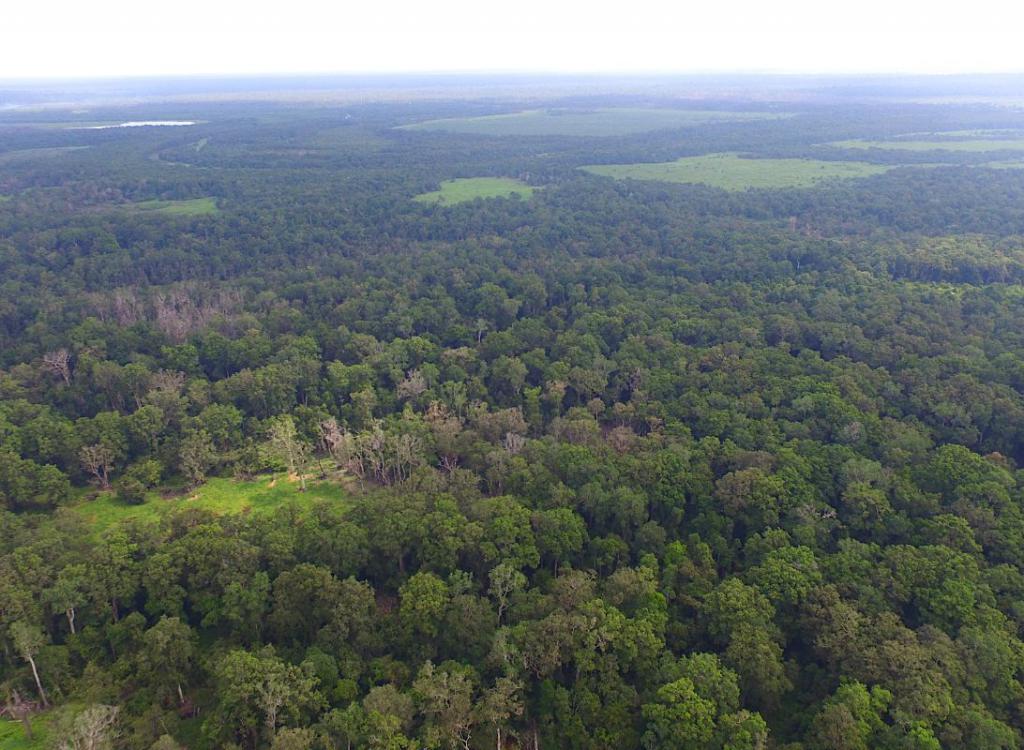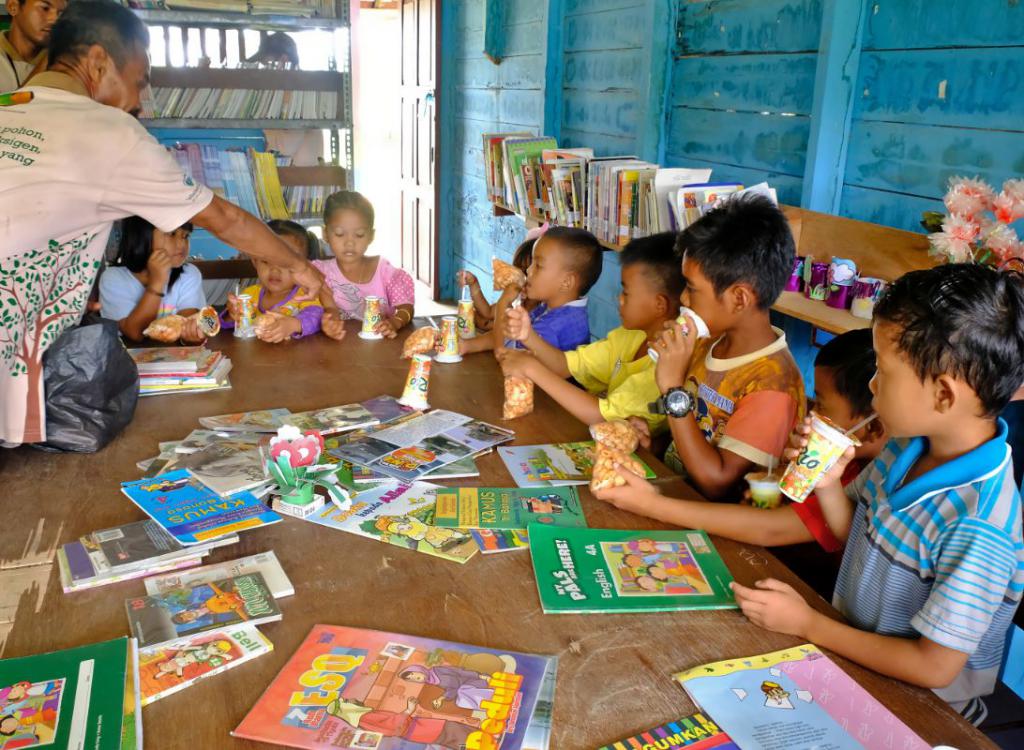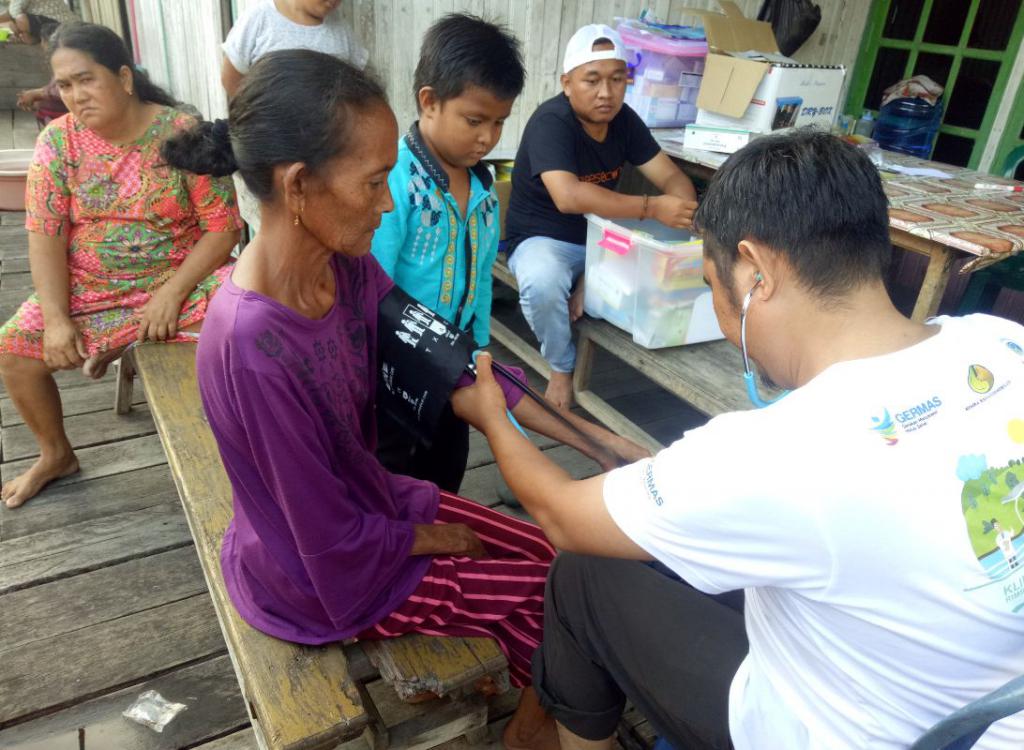Rimba Raya
Overview
Rimba Raya, located on the island of Borneo in Indonesia, is a REDD+ project that has been conserving tropical lowland peat swamp forests in Central Kalimantan, Indonesia for over a decade. The project prevents deforestation from conversion into palm oil plantations and also creates a buffer to the adjacent world-renowned Tanjung Puting National Park. It is the native home to the Bornean orangutan and many other endangered and threatened species.
In October 2024, InfiniteEARTH Limited and its Indonesian subsidiary PT InfiniteEARTH Nusantara, the project operators of the Rimba Raya project (collectively referred to as “InfiniteEARTH”) delivered a notice of intent to abandon the project (the “RR Notice of Abandonment”). Pursuant to the RR Notice of Abandonment, InfiniteEARTH claims that a Regulation entitled “Regulation of the Ministry of Environment and Forestry Number 7 Year of 2023” issued on June 14, 2023 by the Indonesian Government (“Regulation No. 7 2023”), prohibits the issuance and transfer of carbon rights from PT Rimba to InfiniteEARTH Limited or PT InfiniteEARTH Nusantara. InfiniteEARTH claims that as a result of Regulation No. 7 2023, it has been unable to economically develop or continue to operate the Rimba Raya project and that this is a force majeure event under the Rimba Raya Stream. The Company has notified InfiniteEARTH that it rejects the assertion that Regulation No. 7 2023 is an event of force majeure and has commenced an arbitration seeking, among other things, an order that the RR Notice of Abandonment is invalid or void.
In October 2024, the Company commenced an arbitration administered by the International Centre of Dispute Resolution and issued a Notice of Action in the Ontario Superior Court of Justice. For a comprehensive discussion regarding the risks, assumptions and uncertainties that could further impact the Rimba Raya project and the Company’s stream, investors are urged to review the sections of the Company’s management’s discussion and analysis for the three and nine months ended September 30, 2024 dated as of November 12, 2024 entitled “Overview of Carbon Credit Streaming and Royalty Agreements – Rimba Raya Stream”, “Strategy and Outlook – Indonesia Update”, the section of the Company’s Annual Information Form dated as of March 27, 2024 entitled “Risk Factors” and the press releases dated April 26, 2024, May 15, 2024, May 21, 2024, July 15, 2024 and October 17, 2024 copies of which are available on SEDAR+ at www.sedarplus.ca.
Impact Highlights

Preserving Forests & Biodiversity
The Rimba Raya area is home to over 600 species of flora and fauna and 100 local animal species currently listed on the IUCN Red List. The project preserves and improves the habitat of this diverse makeup of wildlife through its conservation and reforestation activities to sustain the area’s unique ecosystem. Rimba Raya also works in partnership with the Orangutan Foundation International (OFI), a non-profit organization dedicated to saving orangutan populations from extinction and protecting their habitat.

Improving Livelihoods
One of the reasons that Rimba Raya is considered a leading carbon credit project is its direct positive impact on local communities. A portion of the revenue from the sale of carbon credits goes directly to support local community development. The quality of life of the local population has been enhanced through programs such as distribution of solar lanterns and water filters, training, scholarships and financing of micro enterprises for women.

Promoting Good Health
Rimba Raya provides a floating health care clinic that provides necessary health services to ten villages bordering the concession. The floating clinic conducts outreach to all local villages on a quarterly basis. For some of the locals, this is their only opportunity to receive much–needed medical care. In an effort to encourage better health practices in the community, child nutritional programs have been introduced. Reading glasses have also been distributed to local villages.
Carbon Credits
The Rimba Raya project is expected to generate approximately 2.7 million carbon credits per year. A portion of the revenue from the sale of the carbon credits will flow back to InfiniteEARTH Limited (the project partner), the project and the local communities.
Key Attributes
Project Type
Avoidance / Reduction
Project Category
REDD+
Standard Body
Additional Accreditations
CCB and SD VISta (historical)
Number of UN SDGs
17
Project Partner

InfiniteEARTH is a Hong Kong-based project development company that develops and manages conservation land banks and provides environmental offsets and corporate social responsibility solutions to companies across the globe. It was formed in 2008 with the goal of creating the Rimba Raya Project. InfiniteEARTH’s projects focus on the preservation of endangered species habitat, High Conservation Value (HCV) and High Carbon Stock (HCS) Forests, and National Parks through the creation of social and physical buffer zones. All projects are also designed to advance the UN Sustainable Development Goals by funding sustainable development in rural communities and social benefits programs.